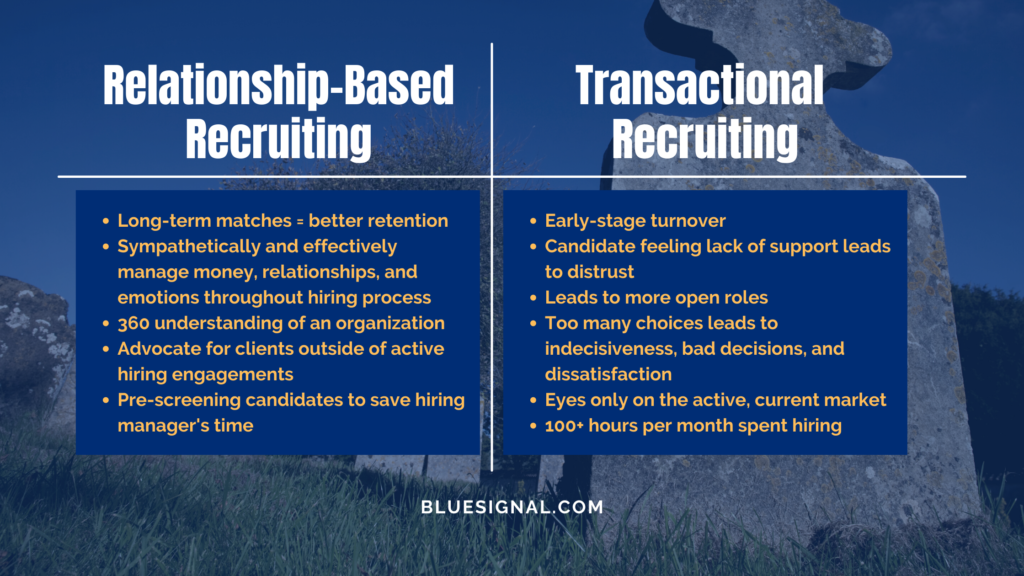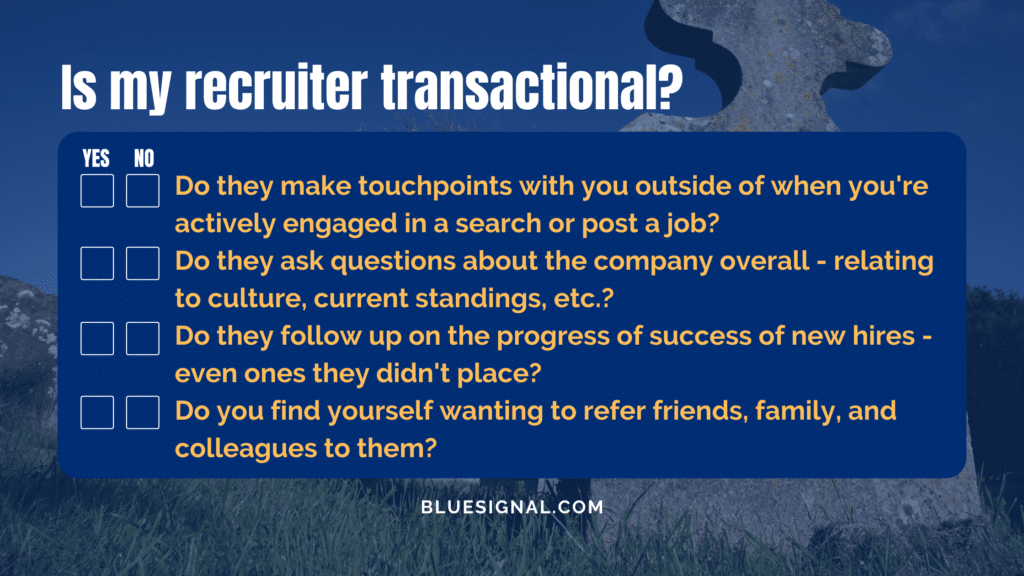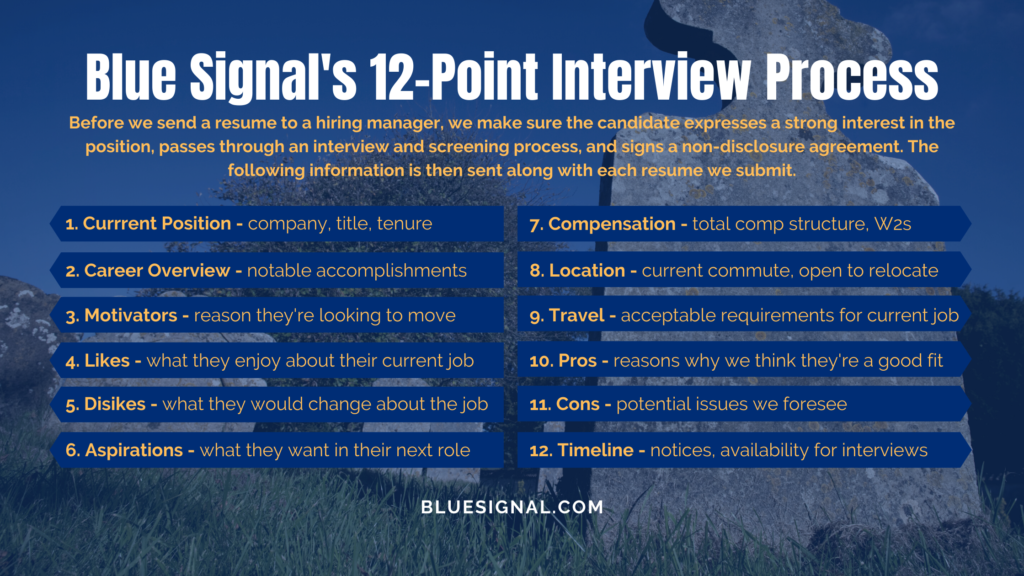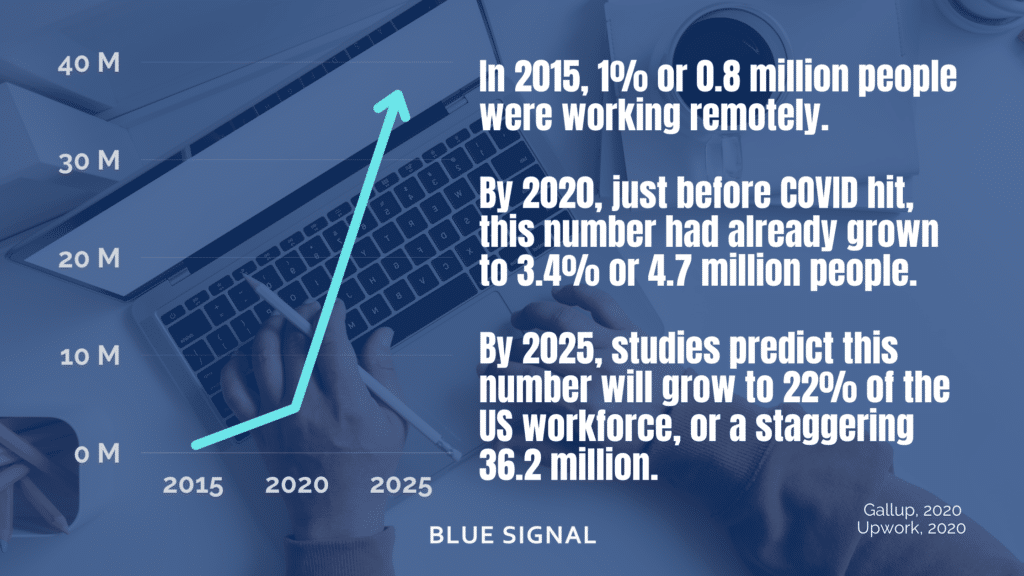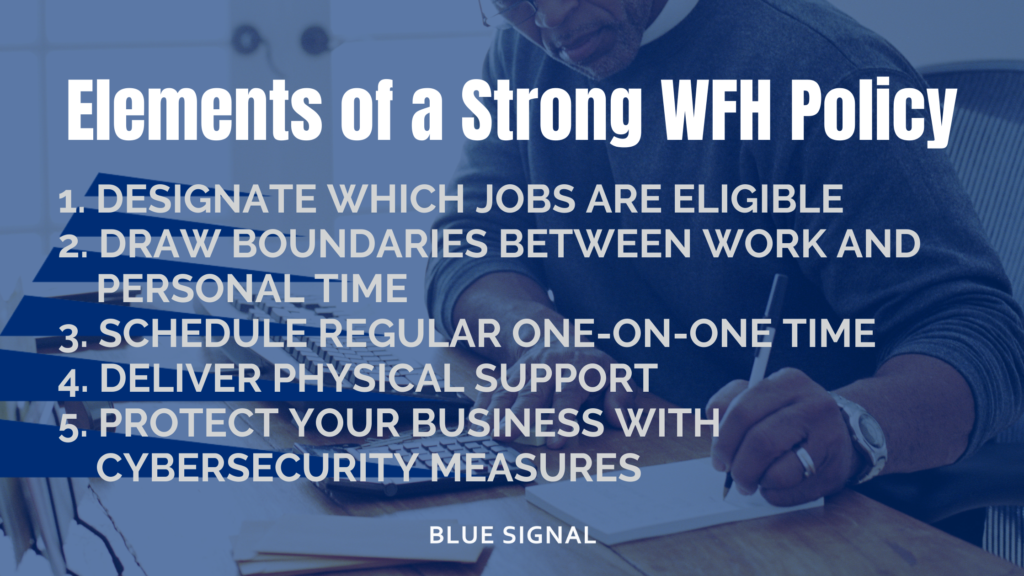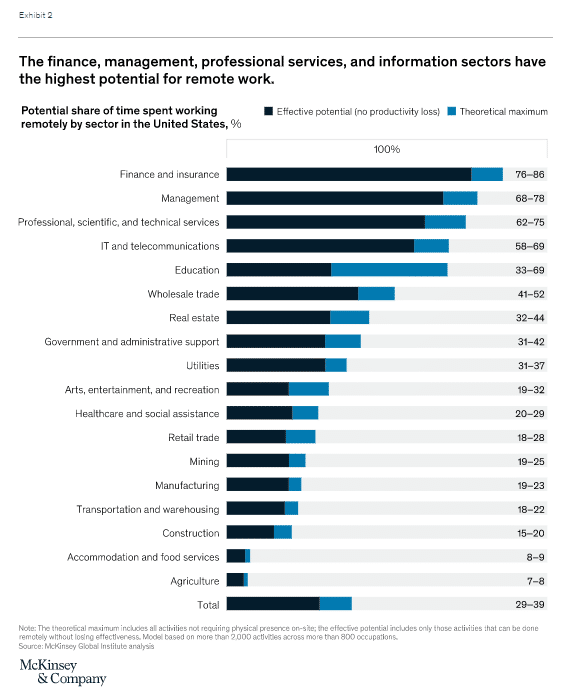Over the last year, more companies have seen employees quit than ever. The collective movement of workers voluntarily leaving their jobs, coined the Great Resignation, began in 2021 as a response to wage stagnation, rising cost of living, and job dissatisfaction – and has continued well into 2022. The Bureau of Labor Statistics recently reported that 4.2 million people voluntarily separated from their job in August alone. As a result, companies are left scrambling to replace employees and prevent further turnover. But what’s causing workers to voluntarily leave en masse? From burnout to bad management, we’ve identified the top reasons why employees quit, and how working with recruiters can help.
Employees Quit Because of Toxic Company Culture
The beliefs and attitudes of an organization can highly influence job seekers’ decisions to join a company; and conversely, be a contributing factor to why employees quit. According to a poll conducted with our LinkedIn followers, a toxic company culture was the number one reason for leaving their last job. If employees don’t feel connected to the mission or values the company holds, they’re more likely to be disengaged and unproductive, leading to higher turnover. Consequently, a high turnover rate can have a negative effect on company culture and be costly to the business – with the cost of a bad hire ranging between $17K and $240K. With dissatisfied employees leaving and poor management offloading the extra workload onto the leftover workers, a toxic company culture can be perpetuated and reinforced by that turnover. Ultimately, this destructive, cyclical movement forces employees to leave their job.
How Recruiters Can Help Combat a Toxic Company Culture
As an outside, impartial party, recruiters have a unique perspective when looking at clients’ company cultures. Through conversations with leadership and management, recruiters can evaluate the culture holistically and offer recommendations for improvements. They can give advice on cultural initiatives – such as diversity, equity, and inclusion – that can transform company cultures from toxic to empowering.
When it comes to establishing a positive company culture, it’s key that management is involved. Specializing in executive recruitment, our recruiters help build leadership teams that influence culture from the top down. Our recruiting team finds executives, senior leaders, and managers that drive results for both culture and performance; which in turn, results in engaged and productive employees. Establishing an inclusive, positive company culture will lead to higher retention rates and increased job satisfaction.
"My company has been working with Blue Signal for several years. In that time, Blue Signal has changed our company for the better in so many positive ways, but especially from a cultural and performance perspective. Most of our leadership team and middle management have been permanent placements from Blue Signal. As a result of their incredible initiative on our behalf, we’ve earned numerous awards for culture (e.g., Best Places to Work, Certified Great Place to Work), performance (e.g., Inc lists, Fast 40 mid-market companies, Financial Times Fast 500 in the Americas, Charlotte Fast 50, etc.), and have been recognized as one of the leaders in our industry in innovation. We wouldn’t be anywhere close to where we are today without Blue Signal."
— CEO, Wireless Company
Employees Quit Due to Lack of Opportunities for Advancement
According to a Pew Research Center survey, 63% of employees quit a job in 2021 due to the lack of opportunities for advancement. On top of leaving workers hanging and disengaged, unclear promotion paths can also lead to low morale and efficacy in the workplace. As a result, employees feeling like they’ve hit a dead end in their current role are bound to leave for somewhere that offers upward mobility.
How Recruiters Can Help Establish Upward Mobility
It’s a recruiter’s job to fully understand the scope of the role – including responsibilities, team organization, and growth opportunities. During intake calls with candidates, recruiters can set clear expectations of professional development and career growth within the company. This way, the candidate is fully prepped on what is expected of the role, and what can be expected from the organization. Additionally, recruiters can work with hiring managers to establish clear internal promotion paths and professional development ladders. With those processes established, candidates can envision what they’d be working towards, even before they take the job.
Employees Quit Because of Burnout
The World Health Organization (WHO) classifies employee burnout as a “syndrome conceptualized as resulting from chronic workplace stress that has not been successfully managed.” While all employees are sure to experience burnout sometime in their career, it may be more prevalent for some workers. In fact, 84% of millennials say they have experienced burnout at their current job. Like a toxic culture and lack of opportunities, workplace burnout can directly affect job satisfaction. Thus, burnt-out employees are 2.6x more likely to be actively seeking another job. If you notice employees quit because of burnout, you may be missing the mark when it comes to supporting your employees’ mental health and wellbeing in the workplace.
How Recruiters Can Help Battle Burnout
Bringing in an outside recruiter’s perspective can uncover what your company’s missing – whether that is mental health benefits, inclusion initiatives, or retention strategies. Recruiters are masters of employee retention and engagement, even with a remote workforce. After all, they want to see the candidate they placed at your company thrive long-term. Utilizing recruiters’ expertise, hiring managers can apply their recommendations to help battle burnout.
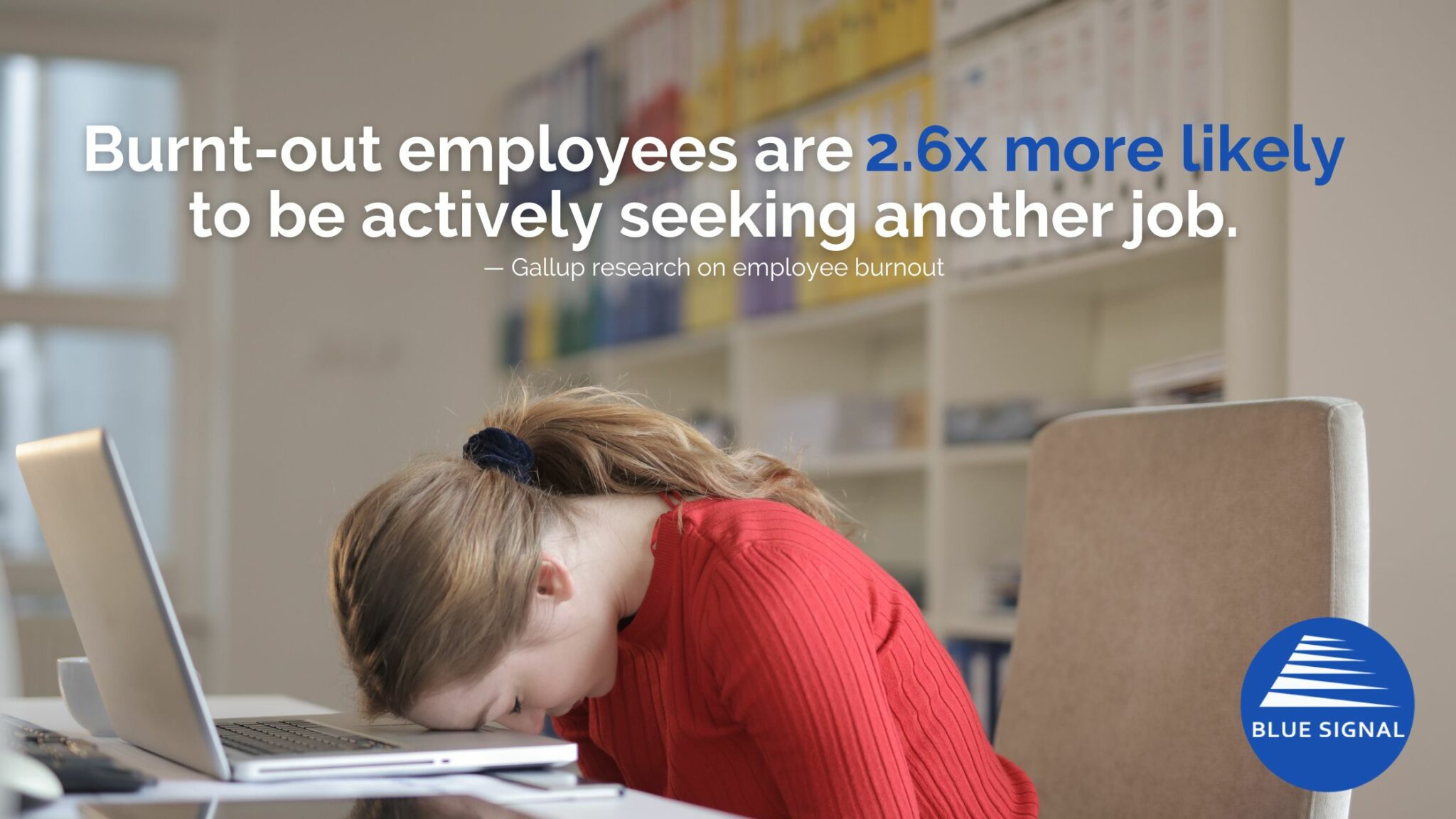
Bad Management Makes Employees Quit
We’ve all heard the saying, “Employees quit bad bosses, not bad companies.” While sometimes a terrible manager is easy to spot due to their unprofessionalism or negative attitude, others can fly under the radar. Less overt characteristics like constant micromanagement, lack of transparency, and being ill-equipped to lead can affect employees’ morale and productivity. For those considering leaving the company, these attributes can be the breaking point. When it comes down to it, a bad manager can cause even the best employee to quit.
How Recruiters Can Help Restructure Management
One of the key benefits of working with a recruiter is having the ability to restructure management by finding professionals skilled in leadership. Recruiters can ensure the executives they place have the qualifications needed to lead and inspire a team, such as emotional intelligence and a strong work ethic. Conversely, they’re able to spot the red flags in an intake interview that could lead to bad management. As a result, recruiters can build leadership teams that inspire, mentor, and build a team around trust and collaboration.
Employees Quit Due to Poor Compensation
It should come as no surprise that employees quit due to being compensated poorly or unfairly. In fact, low pay was a major factor for more than a third of workers who left their jobs in 2021. With tools like Salary.com and LinkedIn Salary Insights, employees can easily find their market rate – and if their employer isn’t paying fairly, they might think it’s time to move on. Additionally, job seekers are looking for higher paying jobs to offset inflation. With the rising costs of everyday essentials, employees may look at their employers to provide an inflation or cost-of-living adjustment. At the end of the day, poor compensation is not always the primary factor for making employees quit, as it could be a combination of all the reasons above – but it may be the deciding one.
How Recruiters Can Help with Compensation
As experts in the space, recruiters have deep insight into market conditions and can determine what candidates are expecting in terms of compensation. Hence, recruiters have the unique advantage of being able to advise hiring managers on salary, commission, and bonus structures that will give their job offer a competitive advantage. In addition, they will have insights on whether a candidate has multiple offers, or higher offers, from other companies throughout the interview process. Using this inside information, they can also advise hiring managers on decision speed, to not risk losing a candidate to another offer. Recruiters can also properly inform candidates on the company’s salary range at the beginning of the hiring process, so that they are not blindsided in the offer stage. Setting clear expectations for compensation, to both candidates and clients, is an essential way recruiters can help prevent employees from quitting.
Conclusion
Employees quit for a multitude of reasons; it may be because of a toxic company culture, lack of opportunity, burnout, bad management, poor compensation – or a combination of each. If your company is wondering why employees quit, look internally to see if any of these factors are prevalent. Then, if you’re not sure how to mitigate them, reach out to a recruiter. At Blue Signal, our recruiting team is your partner in the hiring process, even after we make the initial placement. By utilizing our recruiters’ expertise, you can avoid the top reasons employees quit, and establish groundwork for a thriving work environment. Contact us today to partner with a recruiter on your next search.

